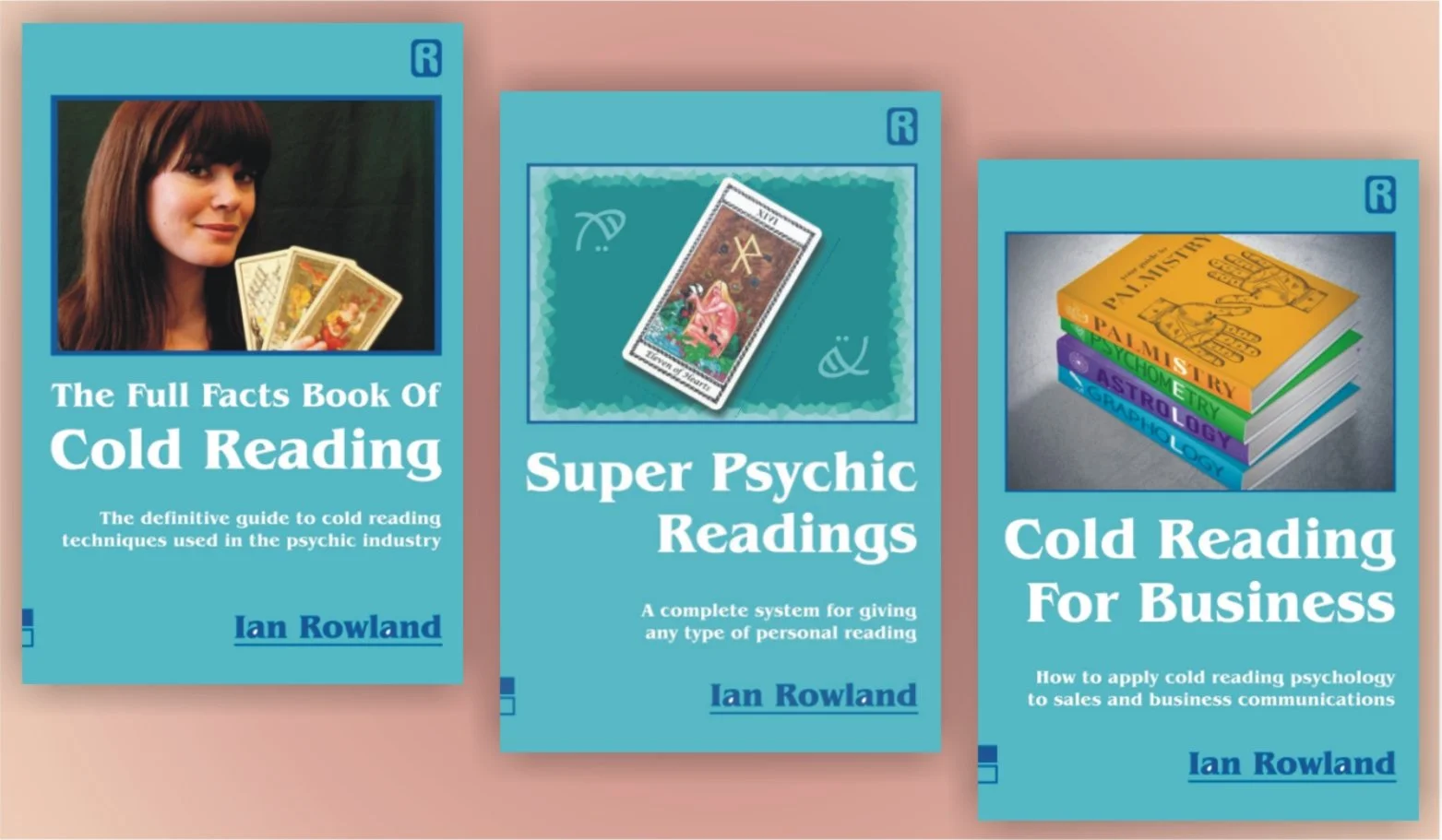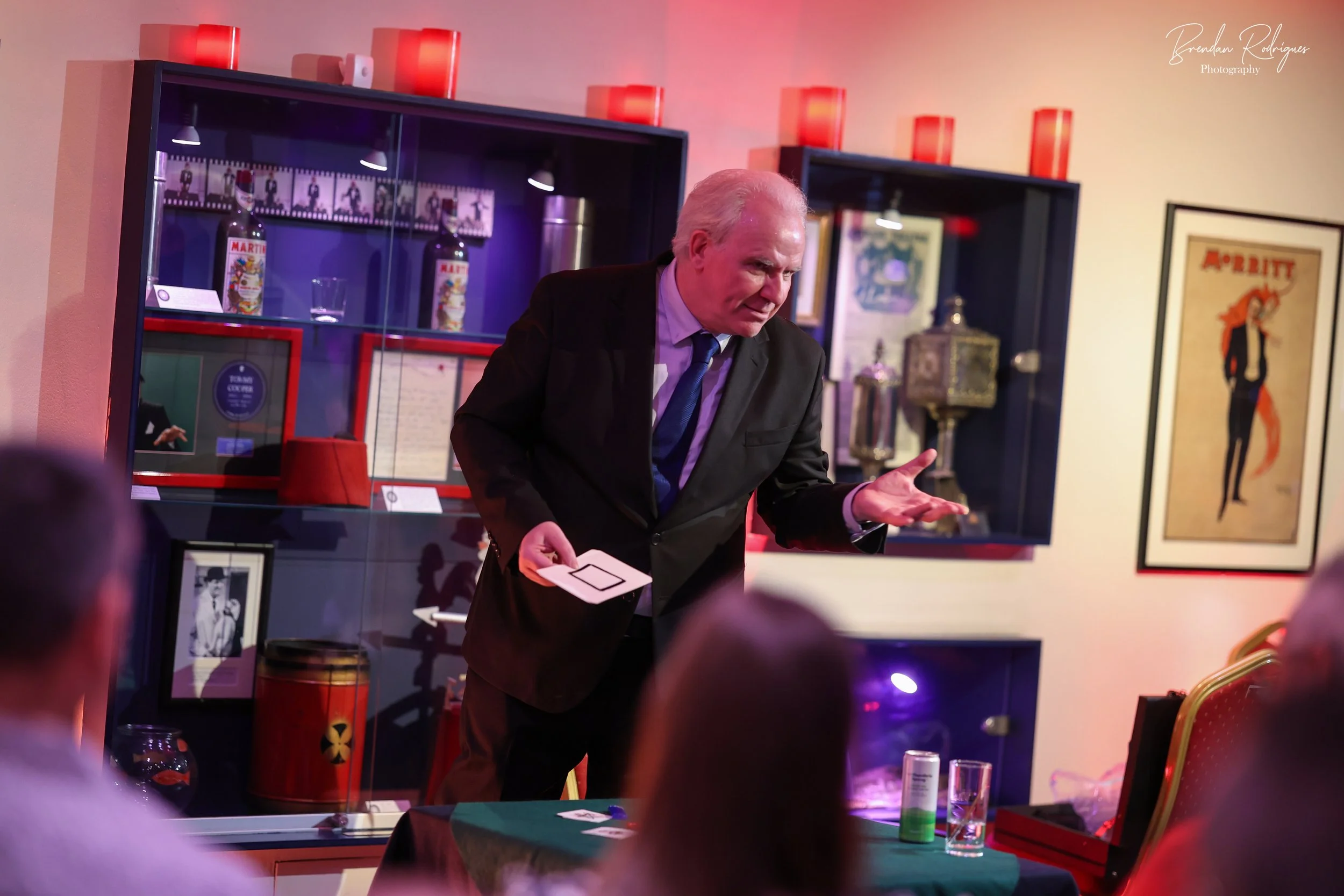How to Cold Read Someone: A Step-by-Step Beginner's Guide
How to Cold Read Someone: A Step-by-Step Beginner's Guide
If you’ve ever watched a mentalist reveal personal insights about a stranger, you’ve likely wondered how they do it. The answer? Cold reading. And if you’re curious about how to cold read someone, you’re not alone. This powerful communication tool isn’t just for stage performers it’s useful in coaching, sales, leadership, and everyday life.
In this article, we’ll walk you through how to cold read someone, starting with the fundamentals and leading to practical application.
What Does It Mean to Cold Read Someone?
Before you can learn how to cold read someone, you need to understand what cold reading is. Cold reading is the art of giving the impression that you know things about someone without prior knowledge. It’s about making insightful statements, reading verbal and non-verbal cues, and creating rapid rapport.
Done ethically, it’s not about deception it’s about connection.
Why Learn How to Cold Read Someone?
You might be wondering why anyone would want to know how to cold read someone. Here are just a few reasons:
Build instant rapport in social or professional settings
Improve emotional intelligence
Read people’s moods and personalities more accurately
Enhance your public speaking, coaching, or leadership skills
How to Cold Read Someone: Step-by-Step
Let’s break down how to cold read someone into manageable steps you can start using right away.
1. Start with Observation
The first step in how to cold read someone is to pay attention. Notice clothing, posture, gestures, tone of voice, and facial expressions. These details offer clues about personality, mood, and even lifestyle.
2. Use General Statements First
Begin with broad but relatable observations known as Barnum Statements. For example: “You sometimes feel confident in public, but can be quite reserved in unfamiliar company.” This is part of the classic approach to how to cold read someone.
3. Look for Reactions
Once you make a statement, observe how the person responds. Nods, smiles, eye contact, or changes in posture all signal what’s landing. This feedback loop is central to learning how to cold read someone effectively.
4. Adjust Based on Feedback
A successful cold reader knows how to pivot. If a comment misses the mark, subtly reframe it. This agility is key when mastering how to cold read someone.
5. Practice the Rainbow Ruse
This technique involves making statements that include both ends of a personality spectrum, such as: “You’re usually very organised, but sometimes let things slide when you’re overwhelmed.” It’s an excellent tool for those learning how to cold read someone.
6. Use the ‘Some People’ Strategy
Say something like: “Some people in your life think you’re very independent, while others feel you can be too private.” It sounds specific but applies to nearly everyone a classic trick in how to cold read someone.
7. Keep It Conversational
The best way to master how to cold read someone is to keep things natural. Think of it as an engaged, intuitive conversation not a performance.
Common Mistakes to Avoid
When learning how to cold read someone, steer clear of these pitfalls:
Don’t try to impress. Aim to connect.
Don’t pretend to be psychic. Be real.
Don’t over-explain. Let your observations breathe.
How to Cold Read Someone in Everyday Life
Here’s the truth: you already do. When you meet someone and instantly sense their mood or personality, that’s a form of cold reading. Learning how to cold read someone just formalises and sharpens a skill you already use.
In sales, coaching, teaching, or even dating, cold reading enhances how you connect and communicate.
The real value in learning how to cold read someone isn’t manipulation it’s connection. It’s about being more present, more perceptive, and more attuned to the people around you.
So start small. Observe. Practice. Stay ethical. And soon, how to cold read someone won’t just be a skill you’re learning it’ll be second nature.





